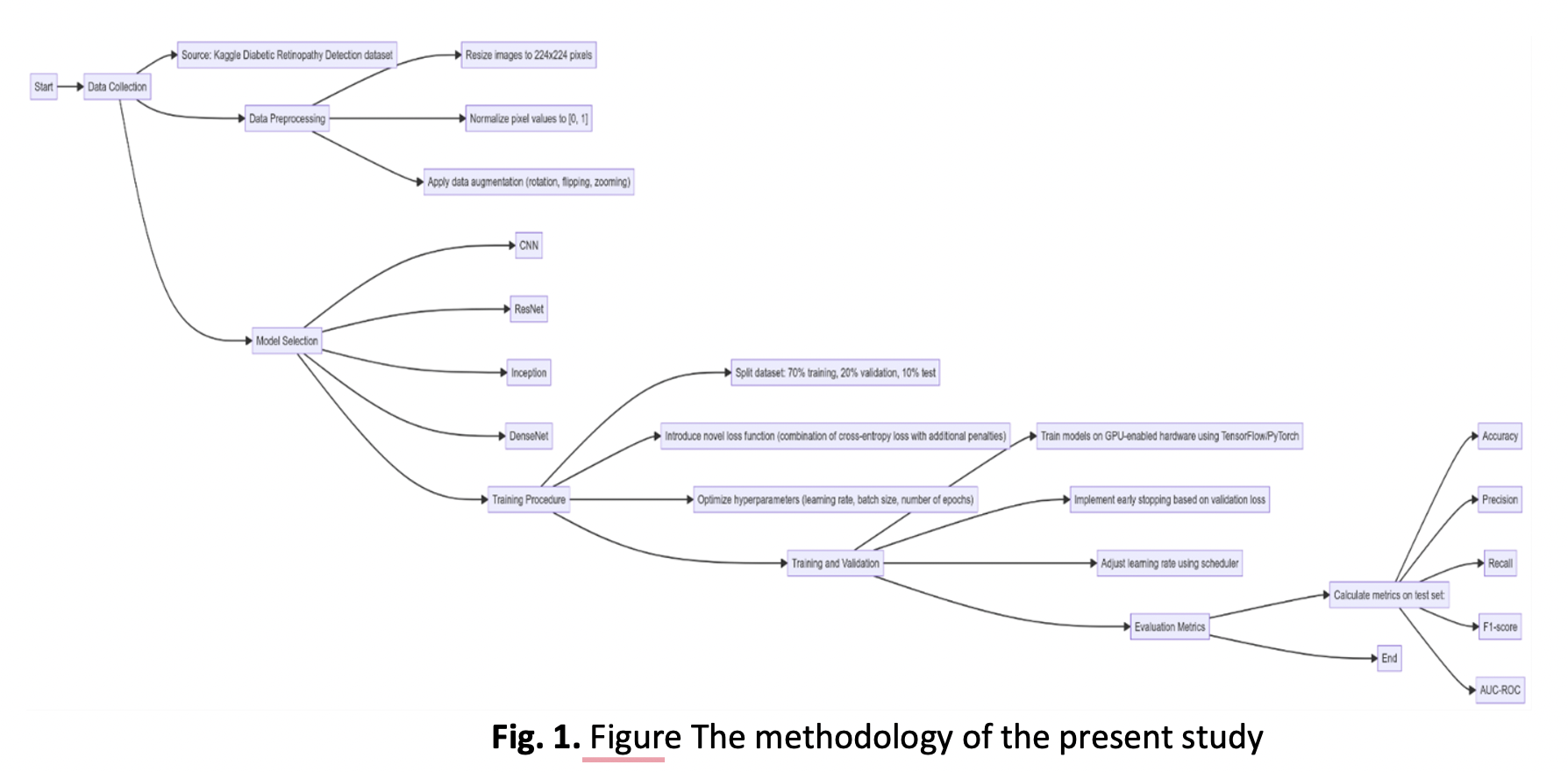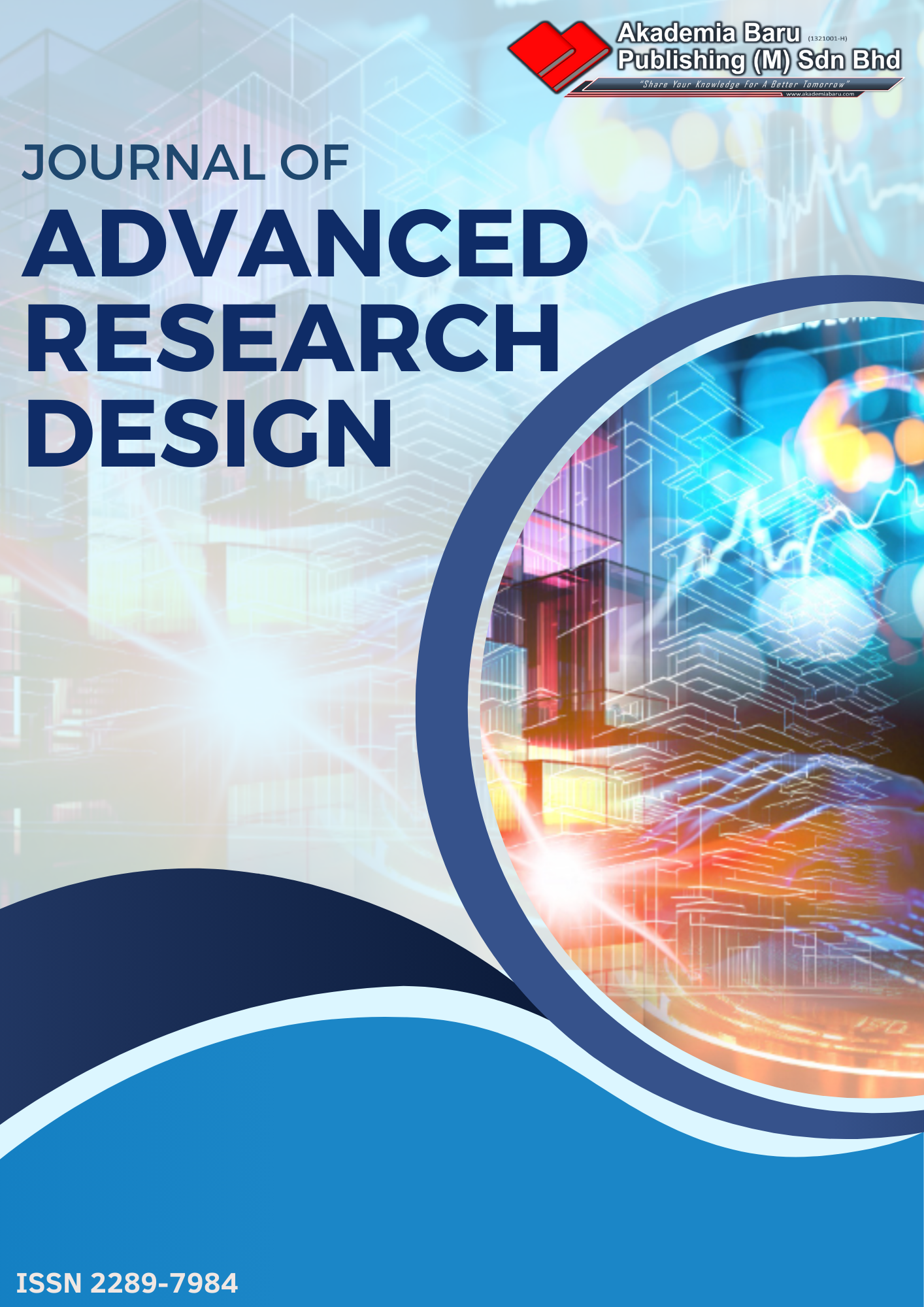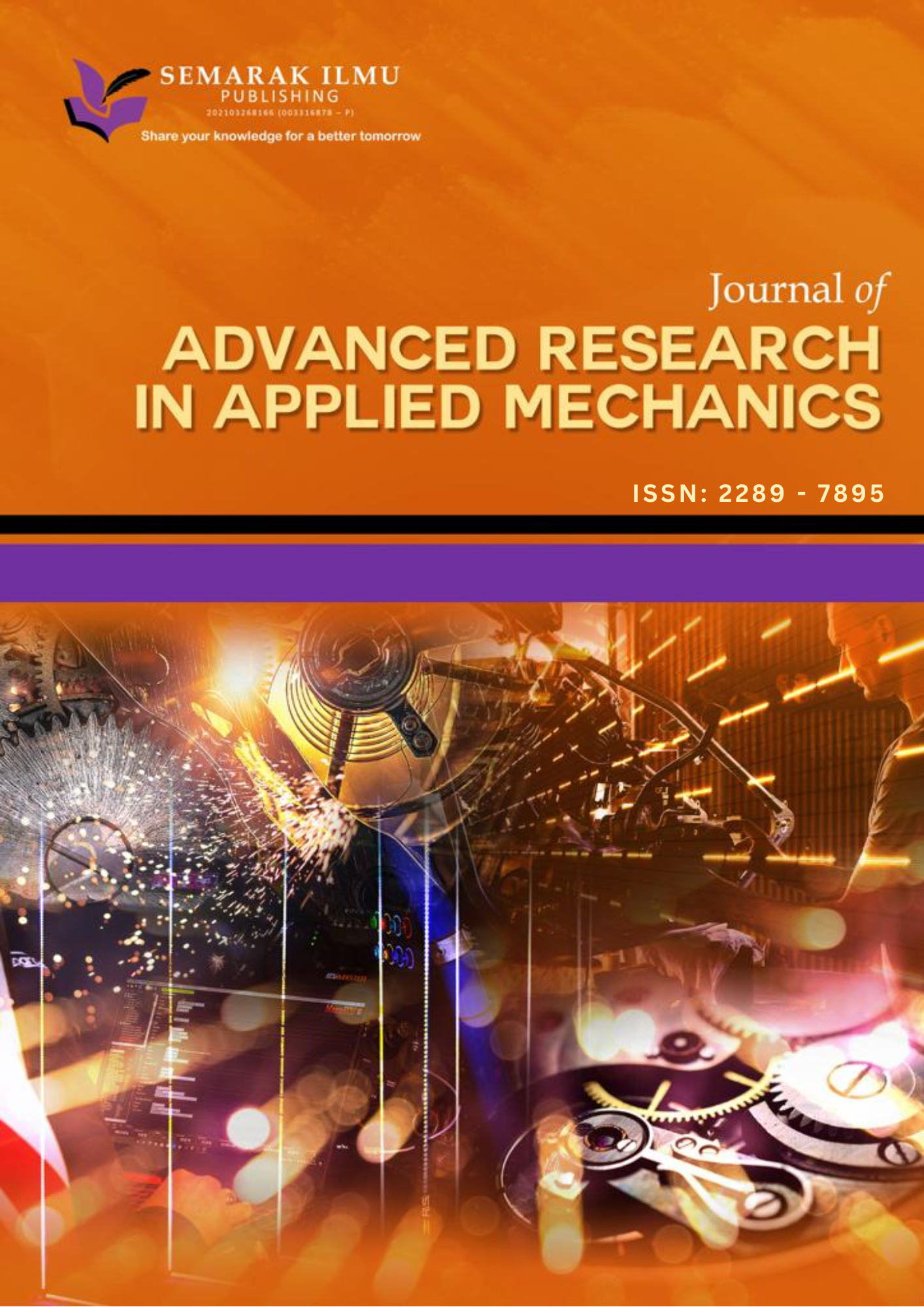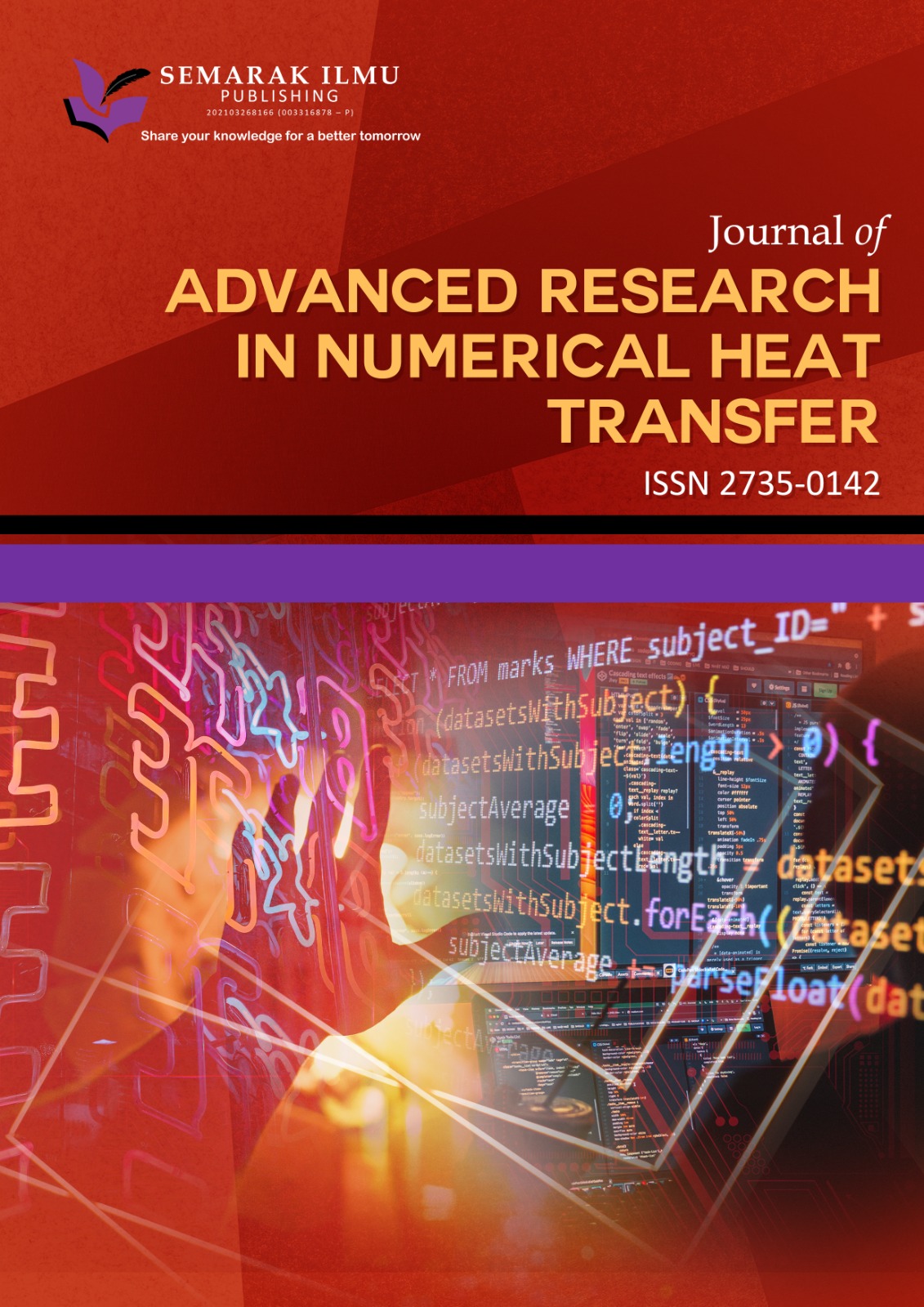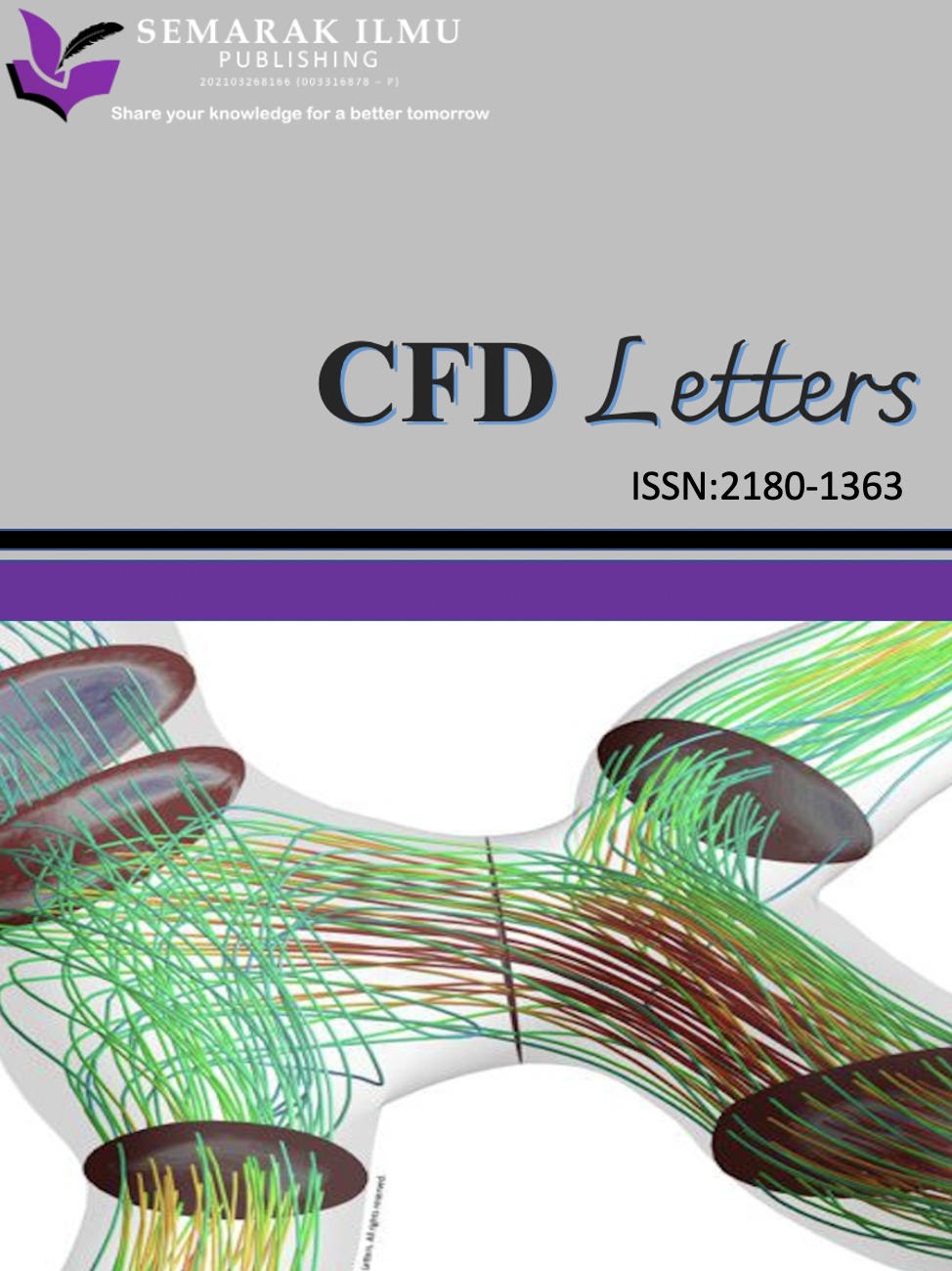Deep Learning Approaches for Accurate Diabetic Retinopathy Detection and Classification: Comparison Study
DOI:
https://doi.org/10.37934/ard.137.1.267277Keywords:
Deep Learning, Convolutional Neural Network (CNN), Diabetic Retinopathy, Medical Image ClassificationAbstract
In order to prevent irreversible blindless among adults aged 18-65, it is imperative to accurately diagnose and treat diabetic retinopathy (DR) as early as possible. As such, the present study endeavoured to compare the efficacy of four deep learning (DL) models; namely, convolutional neural networks (CNN), residual networks (ResNet), inception architecture (IA), and densely connected convolutional networks (DenseNet); at detecting and classifying DR into different levels of disease severity. The Kaggle DR Detection dataset was used to assess the classification accuracies while a loss function (LF), that combines the loss of cross-entropy with additional penalties for classification errors, was introduced to overcome class imbalance issues and improve the performance of the four examined DL models. The DenseNet model had the highest accuracy, recall, precision, F1-score, and area under the receiver operating characteristic curve (AUC-ROC) of the examined models, by scoring 90, 89, 88, 88%, and 0.92, respectively. This performance was closely followed by that of the ResNet model. The findings indicate that the architecture of the model, especially that of models that will be used for medical image classification (MIC), must be taken into account when selecting which model to use. Furthermore, the proposed customised LFs enhanced the precision and resilience of the examined DL models. Screening tools that can accurately diagnose DR early, with limited to no intervention from an ophthalmologist, will enable them to treat patiently significantly earlier, thus improving patient outcomes. As such, the development of such models is imperative. However, various datasets should be used to substantiate the accuracy of these models. Their efficacy could also be improved by combining supplemental clinical data as well as examining the use of hybrid architectures.
Downloads
